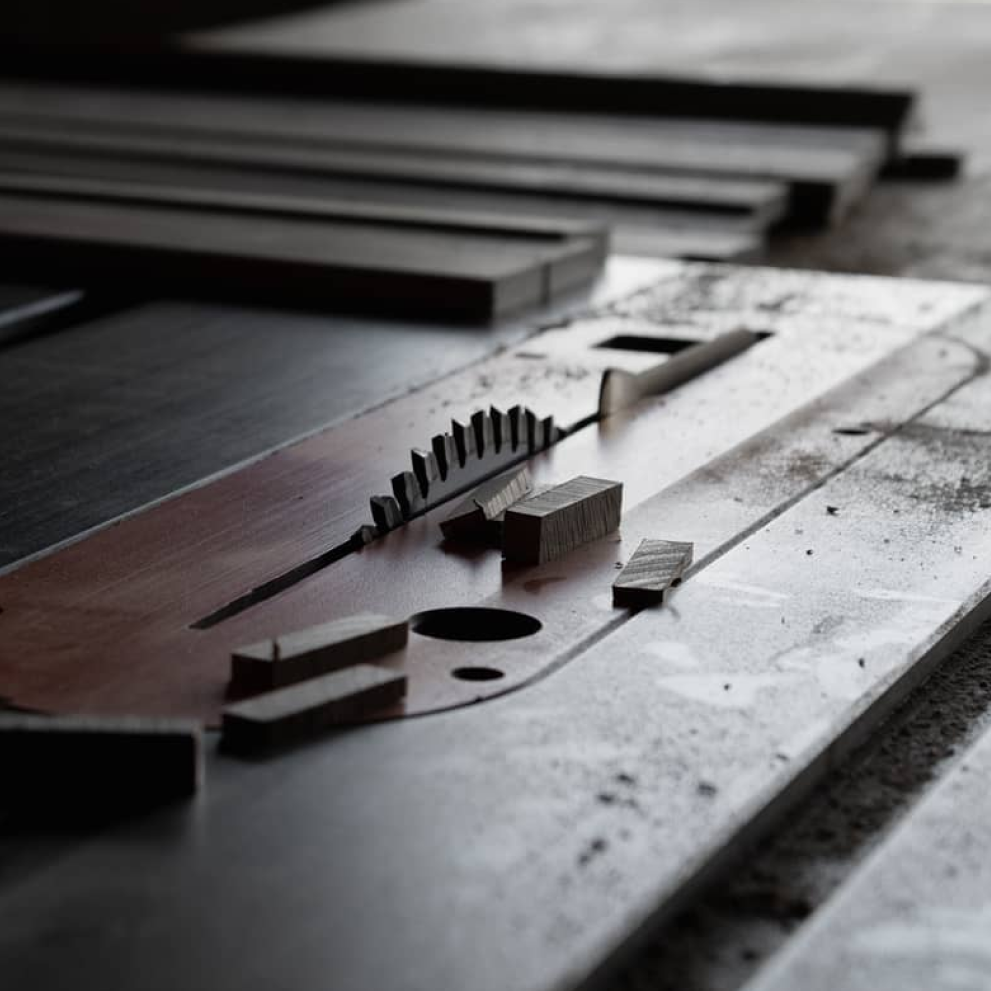The Pritzker Prize: Honoring the Visionaries Who Shape Our World
Architecture is far more than the mere construction of buildings; it is a profound expression of human creativity, cultural identity, and the values that define us. The design and architecture of our surroundings influence how we live, work, and experience the world around us. The Pritzker Prize , often referred to as the "Nobel of Architecture," embodies this deep connection between architecture, society, and culture.

The Pritzker Architecture Prize , established in 1979 by Jay and Cindy Pritzker, is the most prestigious accolade in the field of architecture. Named after its founders, the Pritzker Prize recognizes architects whose work demonstrates a combination of talent, vision, and commitment, and who have produced consistent and significant contributions to humanity and the built environment. This prize is awarded annually and has been a powerful force in celebrating architectural excellence for over four decades. The Pritzker Prize aims to inspire professionals to push the boundaries of architecture, honoring those whose innovative ideas redefine the possibilities of design and construction.
The Vision Behind the Prize
The Pritzker Prize was born out of a visionary idea by Jay and Cindy Pritzker. Their goal was to create an award that not only celebrated architectural excellence but also elevated public appreciation for the art and science of building. The Pritzkers believed that architecture was more than just a profession; it was a creative expression that could shape culture, improve lives, and inspire communities. Drawing on their deep commitment to the arts and education, and their experiences in the hospitality industry, they recognized the transformative power of thoughtful design. Through the Pritzker Prize , they sought to honor outstanding architects and encourage greater creativity within the field, fostering a more engaged and imaginative approach to the built environment.
A Global Celebration of Architectural Excellence
Each year, the Pritzker Prize shines a spotlight on architects whose contributions exemplify extraordinary creativity and excellence in design. The award, which includes a $100,000 grant, a formal citation, and a bronze medallion designed by the iconic architect Louis Sullivan, symbolizes the core principles of architecture: firmness, commodity, and delight.
The medallion's design, inspired by Sullivan's work, reflects the enduring values of architecture that transcend time and trends.
The award ceremony, held at architecturally significant locations around the world, is more than a celebration—it is a global event that underscores the universal impact of exceptional design. Since 2020, the inclusion of special ceremony videos has extended the reach of the event, allowing a broader international audience to join in celebrating each laureate's achievements.
Architects Who Have Redefined Our World
The Pritzker Prize has recognized over 45 architects from diverse backgrounds, each celebrated for their groundbreaking contributions to the field. Among these laureates are some of the most influential figures in modern architecture, particularly those who have pioneered the use of concrete and embraced the principles of modernism and brutalism.
Tadao Ando (1995), is renowned for his mastery of concrete, light, and space. His minimalist approach, rooted in Japanese traditions, creates spaces of serene beauty and spiritual tranquility. Ando's work, such as the Church of the Light in Osaka and the Modern Art Museum of Fort Worth, exemplifies the poetic potential of concrete, transforming it into a medium for meditative and deeply moving architectural experiences.

Luis Barragán (1980), a Mexican architect known for his profound use of color, light, and texture, has left an indelible mark on modern architecture. His work, often described as emotional modernism, fuses the simplicity of modernist principles with vibrant colors and textures of Mexican culture. Barragán’s Casa Estudio and the serene Convento de las Capuchinas Sacramentarias in Mexico City stand as testaments to his unique vision, where concrete becomes a canvas for creating spaces that resonate with profound emotional depth.

Zaha Hadid (2004), a trailblazer in the world of architecture, was the first woman to receive the Pritzker Prize. She is celebrated for her bold, futuristic designs that push the boundaries of form and structure. Her use of concrete in projects like the MAXXI Museum in Rome and the London Aquatics Centre showcases her ability to sculpt fluid, dynamic spaces that challenge conventional architectural norms. Hadid’s work is a testament to the possibilities of concrete in creating architecture that is both innovative and expressive.

Peter Zumthor (2009) is renowned for his meticulous attention to materials and the sensory experiences his buildings evoke. Known for his masterful use of concrete, Zumthor’s work includes the Therme Vals in Switzerland, a spa complex where concrete plays a key role in creating a serene and immersive environment. Zumthor’s architecture is characterized by a profound connection to place and context, where concrete becomes a medium for exploring the interplay of light, shadow, and texture in ways that deeply engage the senses.

These architects have reshaped skylines but redefined the very spaces we inhabit, pushing the boundaries of what architecture can achieve. The Pritzker Prize does more than acknowledge their individual brilliance; it amplifies the global conversation about the role of architecture in enhancing the human experience.
The Lasting Legacy of the Pritzker Prize

The Pritzker Architecture Prize is more than an accolade; it is a catalyst for change, inspiring architects and designers around the world to think beyond the ordinary and strive for the extraordinary. By celebrating the work of remarkable architects, the prize encourages future generations to envision and create spaces that not only enhance our environment but also enrich our lives.
The Pritzker Prize continues to be a beacon of inspiration, guiding the architectural profession toward a future where creativity, innovation, and human-centered design are at the forefront of shaping our world.
Discover more at IntoConcrete.
Image credits: The Pritzker Architecture Prize













